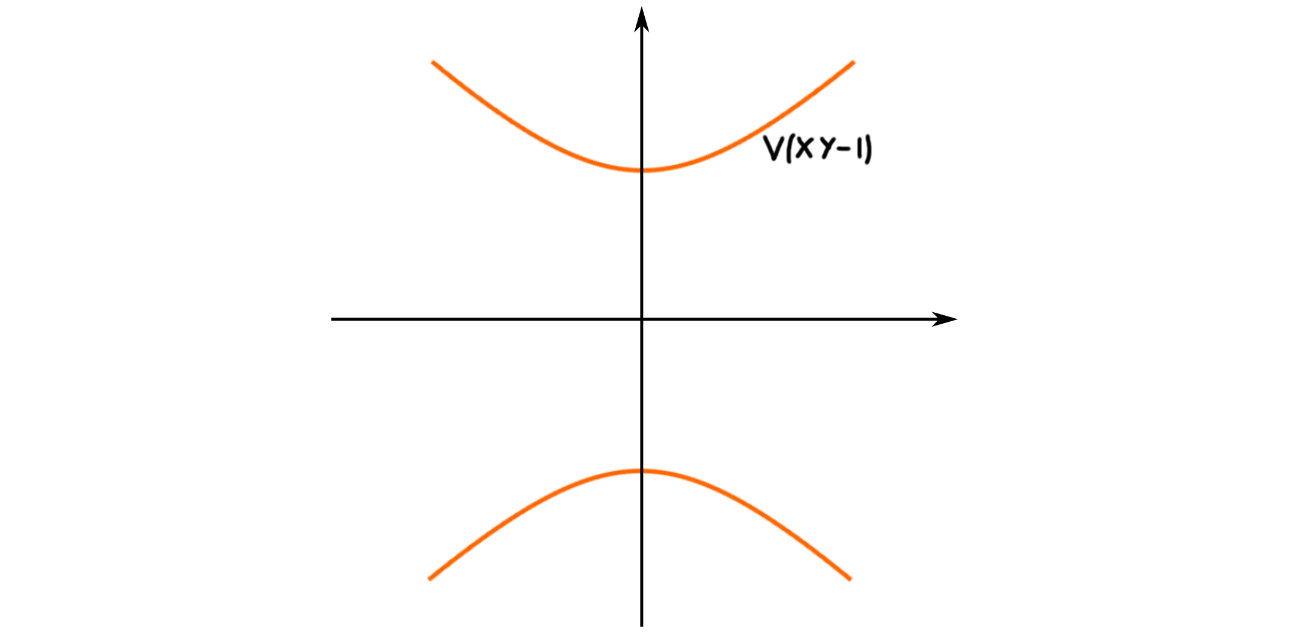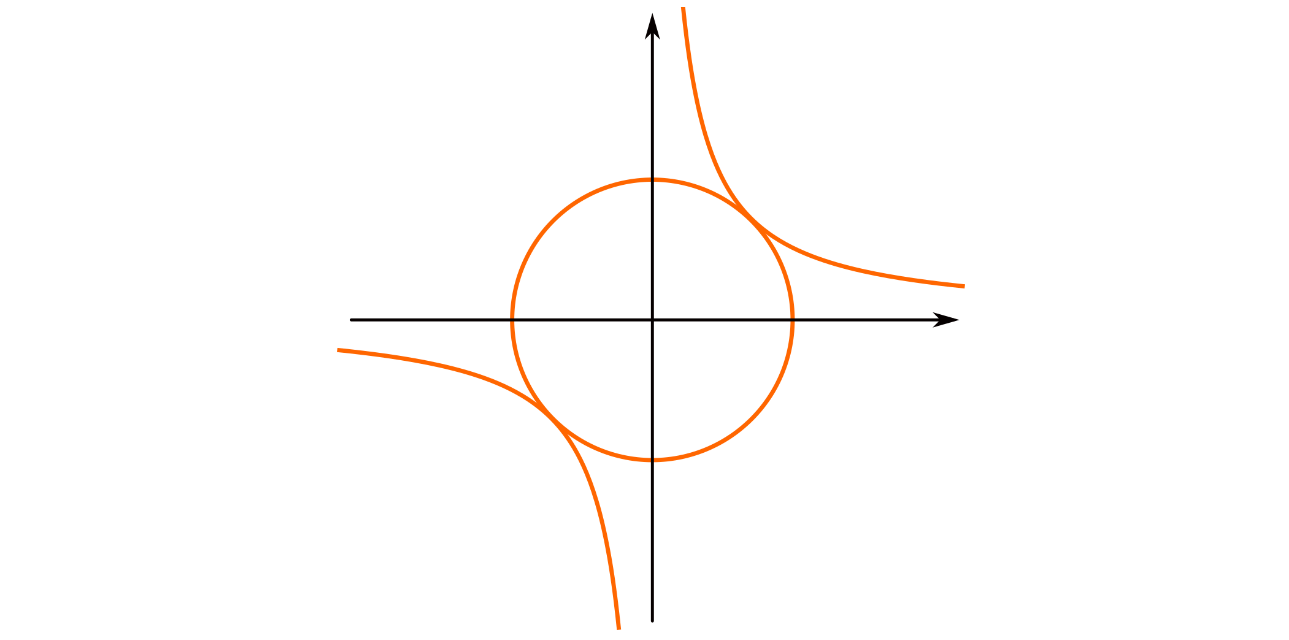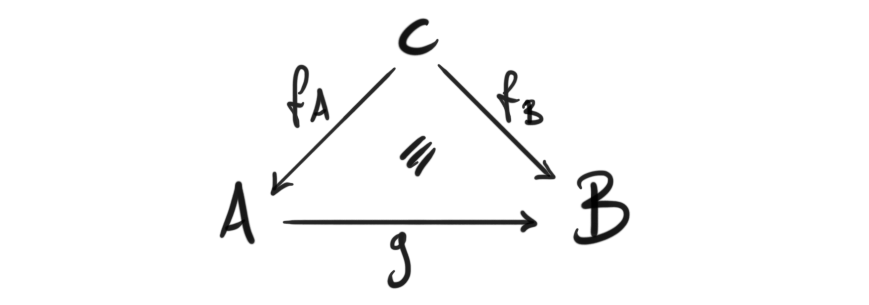
Hopf algebroids
Introduction In the last blog post we introduced and studied adapted homology theories. Given a stable $\infty$-category $\mathcal{C}$ and $\mathcal{A}$ an abelian category with enough injectives together with a local grading $[1]\colon \mathcal{A}\longrightarrow \mathcal{A}$, an adapted homology theory is a functor $$ H\colon \mathcal{C}\longrightarrow \mathcal{A} $$ such that $H$ is additive, sends fiber sequences to long exact sequences, sends the suspension $\Sigma$ of $\mathcal{C}$ to the shift $[1]$ of $\mathcal{A}$ and such that we can lift injectives in $\mathcal{A}$ into $\mathcal{C}$ through $H$....





